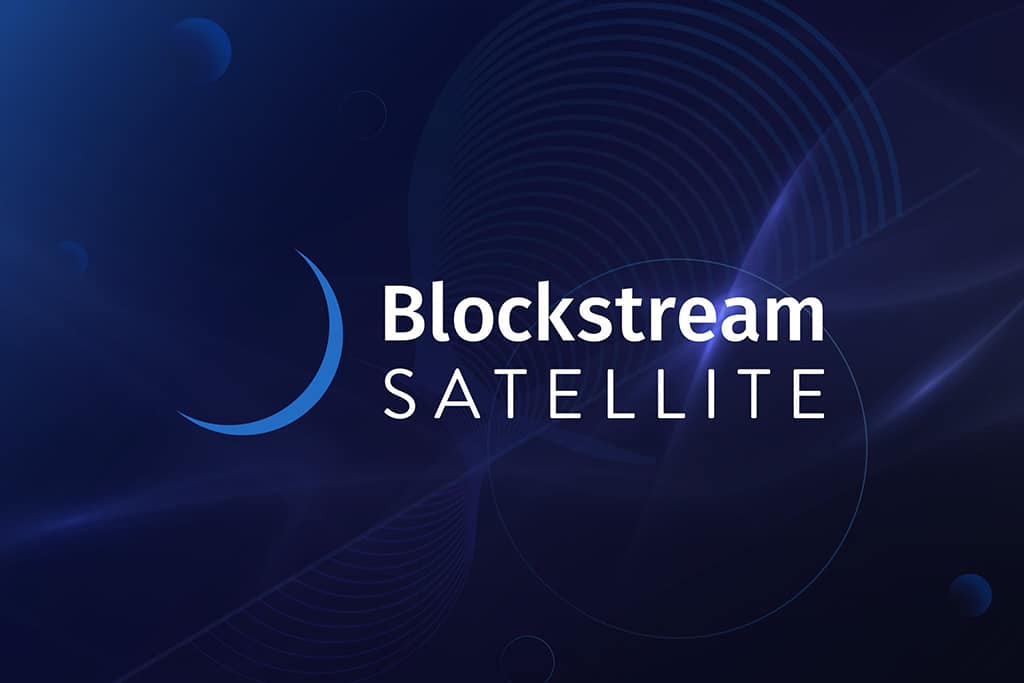The new service that allows users to broadcast their own messages via Lightning Network, will be available worldwide starting from January 2019.
In order to attract more users, blockchain companies are continuously improving their services and coming up with new ideas on how to foster mainstream adoption of Bitcoin and blockchain in general. The startup Blockstream, which was initially founded to develop new ways to accelerate innovation in cryptocurrencies, open assets, and smart contracts, has recently made good progress, offering a new update to its Blockstream Satellite project.
On Monday, Blockstream announced an expansion of its satellite service to the Asia-Pacific region. Moreover, the company has also added support for lightning network transactions, allowing users to pay for its service using the “layer 2” scaling solution.
Blockstream expands its Bitcoin satellite service to Asia-Pacifichttps://t.co/JRN0OcLNqN
— The Block (@TheBlock__) December 17, 2018
Earlier, Blockstream Satellite covered North and South America, Europe, and Africa. With the fifth satellite, the company will be able to serve the Asia-Pacific region, the most populous area of the world, and cover all major landmasses in the world except for Greenland and Antarctica.
The update comes with a new messaging feature that allows users to broadcast messages from the satellite and pay for these data transmission with Lightning Network micropayments.
Chris Cook, head of the Blockstream Satellite project, said:
“While satellite communications have traditionally been cost-prohibitive, Blockstream Satellite will finally allow developers to adopt satellite communications in their applications.”
According to Cook, broadcast costs “are very low, which make them more suited to Lightning payments” rather than primary network transactions. He further added:
“The benefits include prevention of network partitioning, the ability to use bitcoin in remote areas where internet connectivity may be limited, and it can also be a way to have a secure, fully synced node for a wallet (as it’s receive-only, [there’s] no risk of getting hacked).”
Blockstream CEO Adam Back believes that supporting Lightning network adds significant benefits to the company’s services:
“Lightning adds privacy due to its use of onion routing, and off-chain netting; and lightning better supports micropayments that are lower transaction cost, faster and more scalable. These are advantages for retail and web API use-cases generally, and help make the satellite data API service efficient and connect in with other bitcoin-related infrastructure.”
Blockstream seems to be on its way to global expansion. As head of the Blockstream Satellite project states, five satellites are just the beginning, there are more to come in the future.
“Four satellites are currently active, with coverage over North and South America, Europe, Africa, and now Asia Pacific. More will be added in the future to complete global coverage.”
Blockstream’s Satellites: the Next Step in Global Bitcoin Infrastructure
Blockstream Satellite was launched in August 2017 to broadcast real-time Bitcoin blockchain data from satellites in space to almost everyone worldwide. At the time, CEO Adam Back said the service was aimed at individuals with limited internet access or who otherwise face issues accessing Bitcoin.
As Adam Back said, “the launch of the Blockstream Satellite API represents the next step in global Bitcoin infrastructure.” He explained:
“For the first time, everyone has open access to a broadcast medium completely external to the internet, bringing reliable message transmission and Bitcoin access to the remotest of locations. With the Asia-Pacific expansion, Blockstream Satellite users are now able to reach over 90% of the world’s population with their messages. All of this is made possible thanks to micropayments enabled by Bitcoin and the Lightning Network.”
Updates to API access for the new services are expected to go live in January of 2019. The team hopes that some more features for the satellites will be added in the future, and shows optimism about the impact that the project may have on the Bitcoin community in the future.
